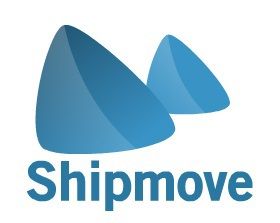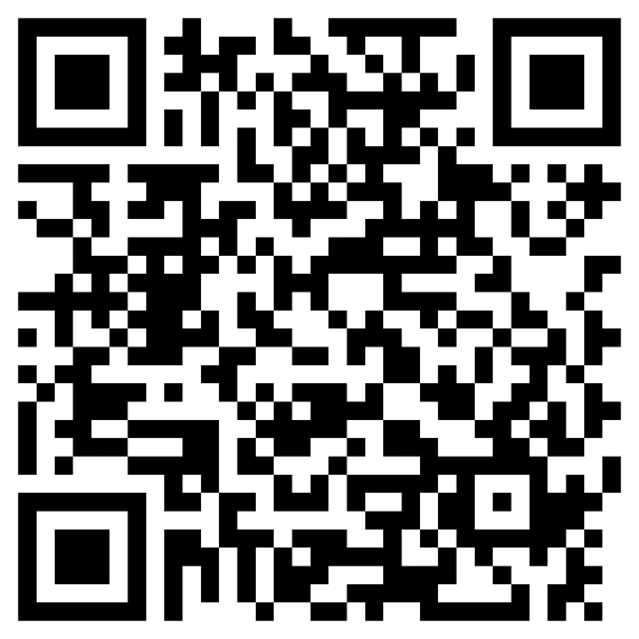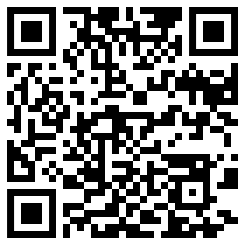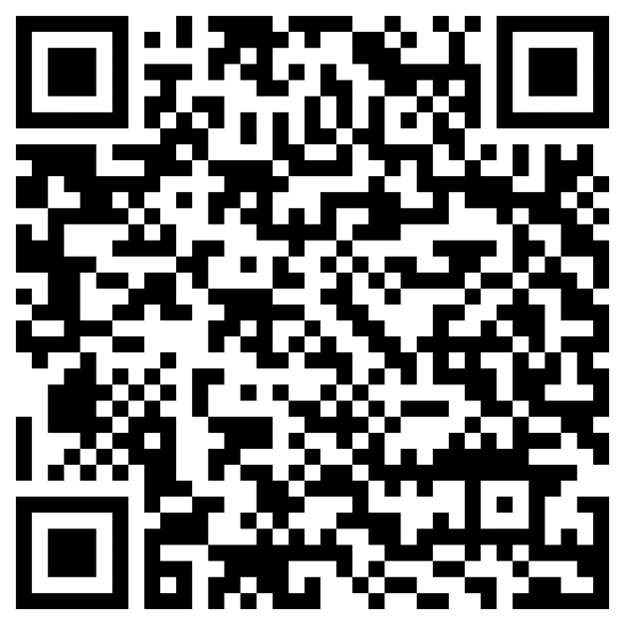Shipmove Mooring App
Basic Principles
Shipmove Mooring Analysis is a method of determining the required number of moorings for commercial ships.
Using the principal dimension of a vessel (LOA - length overall) Shipmove has established a verifiable and reliable method to determine; the transverse and longitudinal area of the vessel above the water line exposed to wind, and the transverse area below the water line exposed to current. This is on a ship type basis.
More importantly it allows the application to determine the upper limits or bounds of such areas, and their likely disposition; so that calculations can be made on the maximum forces experienced by the vessel.
The application then calculates the number of mooring lines required to restrain such forces.
At each step of the calculation, an evaluation is made of the worst likely (note not the absolute worst possible) conditions. Such evaluations (which include some assumptions) include a reasonable safety margin at each step so are predominantly cumulative.
This, reinforced by favourable comparison of sample outputs from the application against industry standard mooring programs, provides significant confidence in the results of the app.
The ability to send (by email) the results of any individual analysis, is an important record-keeping tool, and can be used as part of a vessels ISM or shore Safety Management System procedures to document compliance and as evidence of the decision making process.
Born of Necessity
The Need
After experiencing notable mooring failures (and several more near-misses besides), both as a Ship's officer and then as a Harbour Master. I (Mike Nicholson - Shipmove's Principal) have had a long, and at times near obsessive, interest in the safe and effective mooring of ships.
Efforts to prevent recurrences led to research many of the tools available to the mariner and terminal operator alike, and to use several of them to produce mooring plans for complex projects.
While these tools may be technically proficient, they require trained operators to use them, access to data that could not be considered "readily available", and took many hours of work to achieve a meaningful result.
Because of their complexity; as a day to day tool for a ships officer to use, or as an aid to assist onboard or shore decision making, they are of Little or No Use in determining the number of moorings to deploy.
They are also expensive, some costing tens of thousands of dollars to buy, with further licensing, training, and updating costs.
So it was that many hundreds of hours over more than ten years were spent researching, developing, and refining, such a tool.
Proof of Concept
Initially this was a simple spreadsheet, provided to port staff, that enabled them to quickly assess whether the moorings deployed by a ship were likely to be adequate, or would require supplementing.
This was based on a limited data set, and the results were of necessity fairly generic.
Further research (some as part of consultancy work on a major new terminal installation), led to the belief that a more refined product was feasible. Also that due to the proliferation of smart phones within the industry and app based product would be the most appropriate platform.
Developing the App
The next stage was thus to acquire more data. Hundreds of ships were selected, many thousands of data fields downloaded, cross section areas measured with Autocad.
This data was plotted and analysed.
Reliable correlation, as well as accurate interpolation and extrapolation was then established using a series of complex quadratic equations.
....... then made Simple
Simplifying
Now that;
- All data was collected and collated
- Verifiable but complex formulae were derived
- Reliable correlation was proved
Many pages of calculations remained, these also required significant data inputs. The work was only beginning, many more hours were spent simplifying the process than were spent establishing the working principles.
By way of example;
- If draft and/or beam are not known, a reliable method of calculating these, based on ship type and LOA (Length overall) was established.
- Instead of requiring freeboards and drafts, three simple load conditions (defaulting to worst case) were devised. Areas for all three conditions are calculated immediately.
- Instead of requiring the number of containers (bays, tiers, rows), a relationship between LOA and bays was established, so that by entering the average number of Tiers provides an acceptably accurate wind area for the vessel.
- Rope angles default to 60°, a practical worst case if overlooked or not known.
- The likely mooring ropes on the vessel (according to the Equipment Number - itself related to wind area - already calculated) is shown.
How Simple?
Using all of the background data, complex calculations, and simplifying processes, the required inputs have been reduced to five.
- LOA - Length Overall
- Vessel Type*
- Load Condition (Light, Part, Loaded)
- Wind Strength
- Current Strength
* Presently choice of 3 vessel types,
covering 75% of the worlds fleet.
Further optional inputs should improve the accuracy, as this generally results in a reduction of existing (worst case) safety margins so that a reduction in mooring requirements may result.
All of the above means that meaningful reliable results can be produced in ONE MINUTE.
This demonstrated by the real-time video below.
Other products require many tens if not hundreds of inputs and take many hours to produce reliable (albeit more complex) results.







